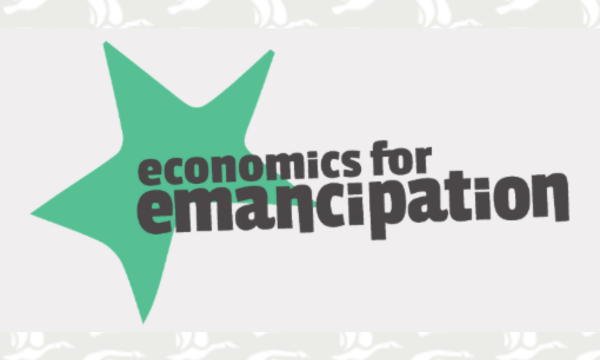LISC’s Building Sustainable Communities approach to comprehensive community development is now underway in 63 distressed neighborhoods nationwide. Based on groundbreaking work in the South Bronx and, subsequently, in Chicago, Building Sustainable Communities creates a systemic framework for developing cohesive plans, leveraging new funds and implementing projects and programs that help raise standards of living among low-income residents and fuel sustainable, positive change in their communities. The framework is being replicated in LISC program sites across the country.
This report concludes that most local LISC offices have in fact introduced the core elements of the Chicago approach, an extremely encouraging result given the wide differences in economic, social, and political conditions across the 10 demonstration sites and their 38 target neighborhoods, as well as the considerable variation in local funding strength. In most targeted neighborhoods, the initiative can take advantage of already-strong relationships among community-based organizations, LISC local offices, and their systemic supporters, substantially boosting prospects for neighborhood improvement. Following each of the major elements of the NCP approach, the report further concludes that:
- The 38 target low-income neighborhoods — places where resources are to be concentrated to maximum effect — are very different from one another in social and economic terms, but tend to share strong connections to LISC and the broader community development system. This should provide an excellent test of whether the approach can be successful in all types of low-income neighborhoods.
- Most LISC offices followed the NCP community-building approach closely. This calls for effective community leadership exercised by a strong community-based agency leading an inclusive partnership among resident leaders, community-based agencies, business groups, clergy, and other stakeholders. LISC’s staff and neighborhood partners most often designated lead agencies rather than the alternative form of community collaboratives, which have sometimes been preferred in past comprehensive change efforts. These lead agencies are quite varied — nearly half are not community development corporations — and they tend to have substantial past financial ties to LISC, as do some other members of the community partnerships established in target neighborhoods.
- Neighborhood quality-of-life plans typically include a comprehensive slate of strategies and programs across domains of housing, economic development, income and wealth-building, education, and health. Initially, these are supported by small confidencebuilding grants. More than two-thirds of neighborhoods created or will create full quality-of-life plans, nearly all of which included workforce, education, health or other areas outside traditional community development concerns of housing and land-use. (Wishing to avoid an exhausting and sometimes duplicative planning process, the remaining neighborhoods created action plans based on these earlier efforts.) LISC’s own supporting investments are similarly diverse.
- Intermediated systemic support is provided by local LISC offices, which take responsibility for organizing external backing for community-level action across multiple domains, and make supporting investments in community organizations, programs, and projects. As programs unfold, LISC support extends beyond capacity-building funding, such as funding for community organizer positions, to include more highly leveraged project investments and programs that have attracted foundation and other funding. Local LISC offices have made substantial staffing and organizational changes to enable them to manage Sustainable Communities efforts effectively.
The Sustainable Communities approach holds that these elements of community partnership, comprehensive programming, and intermediated support are interdependent: each works better if the other elements are present. This critical hypothesis will be tested as the analysis proceeds.





